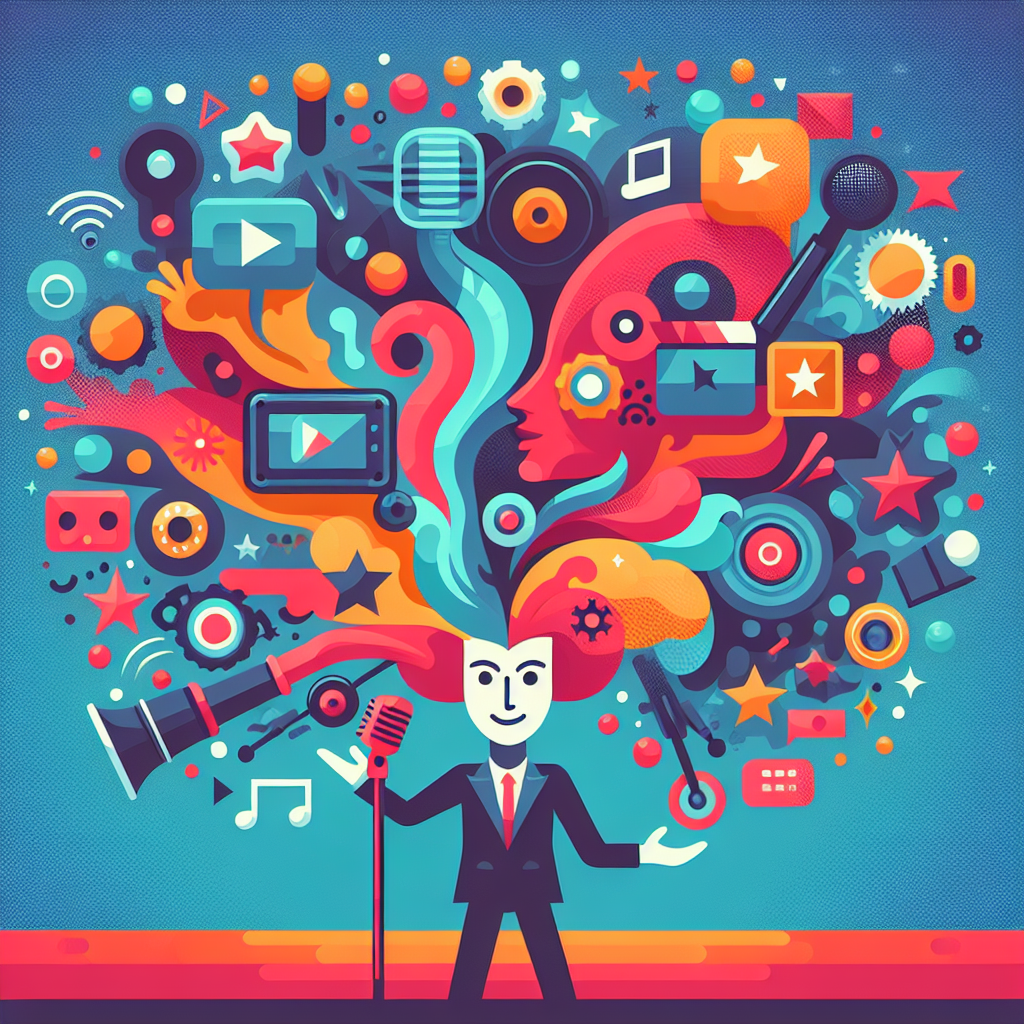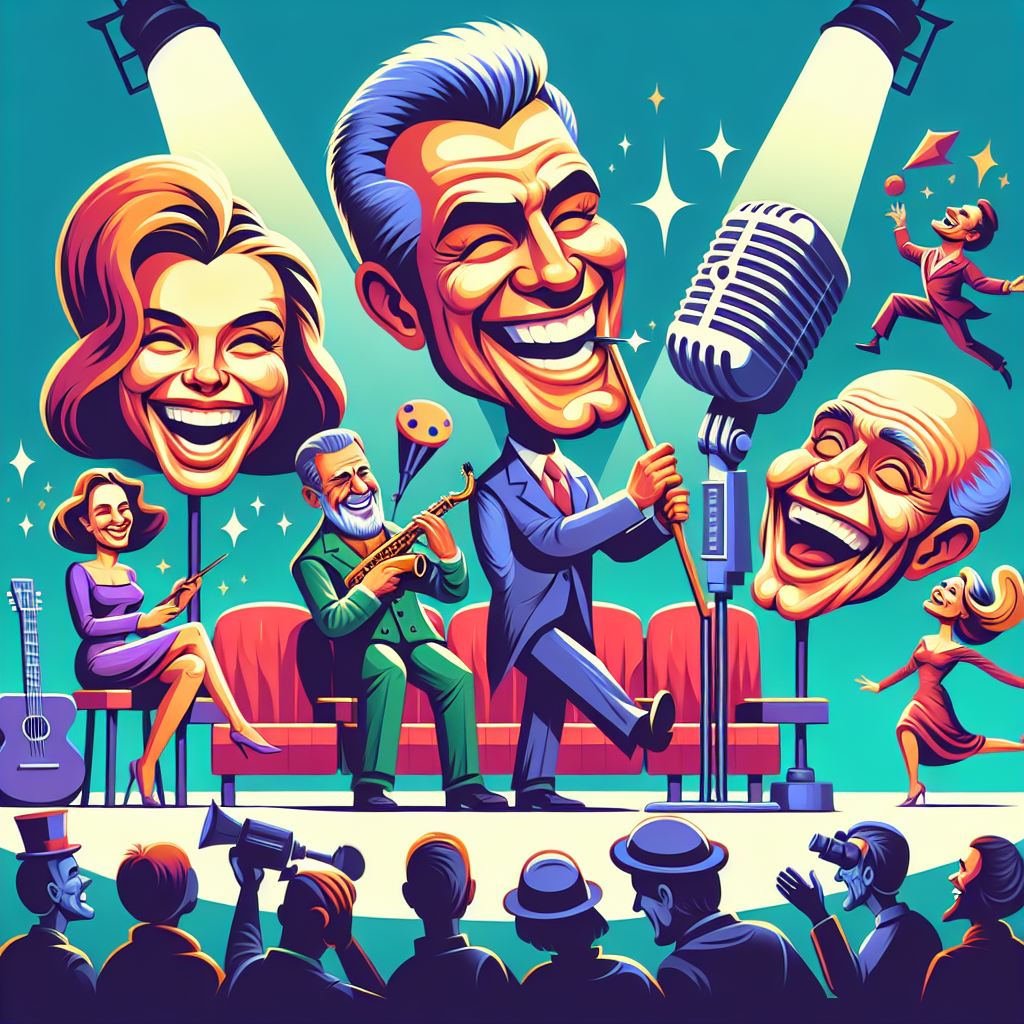The Surprising World of Clowning: Why It’s More Entertaining Than You Think

The Surprising World of Clowning: Why It’s More Entertaining Than You Think
Step right up and let’s dive into the colorful, quirky, and often misunderstood world of clowning! While you might picture oversized shoes and red noses, the art of clowning is a rich tradition filled with history, creativity, and genuine joy. In this article, we’ll explore why clowning deserves more than just a chuckle—it’s a fascinating cultural phenomenon that has entertained audiences for centuries. Stick around as we uncover the serious side of silliness, showcase its impact, and even share some tips on how you can incorporate a little clowning into your daily life. Trust us, you’ll be seeing the world from a whole new angle!
Why Clowning Is More Than Just Laughs
Imagine a world without clowns. No slapstick humor, no whimsical antics, and certainly no joyous laughter echoing through the air. Clowning is not just about oh-so-funny pratfalls; it's a multifaceted art form with deep-rooted historical significance. From the jesters of medieval courts to the bright faces you see at modern circuses, clowns have played vital roles in entertaining, educating, and even challenging societal norms.
Consider the famous clown, Emmett Kelly, who created the character "Weary Willie," reflecting the struggles of the Great Depression. His poignant portrayal brought tears and laughter, proving that clowns can convey profound messages amidst their antics. Clowns have historically served as social commentators, able to slip into societal critiques while dressed in colorful garb and exaggerated makeup.
Clowning captivates audiences not just through humor but also through connection. Have you ever noticed how a clown can reduce a child to squeals of delight or even break the ice in a tense situation? Their exaggerated expressions and playful gestures can bridge gaps between strangers, making clowning not just an art form but a catalyst for human connection.
The Core Concepts of Clowning
Clowning is a rich tapestry woven with various threads—each one representing different skills and styles. Here are a few core concepts that define this vibrant art form:
The Types of Clowns: More Than Meets the Eye
Whiteface Clown: The traditional clown, often seen in circuses and theatrical performances, characterized by a fully white-painted face and elaborate costumes. They often take on the role of the "straight man" in comedy sketches, leading the silliness rather than being the source of it.
Auguste Clown: With their brightly colored outfits and exaggerated features, the Auguste clown embodies chaos and mischief. Think of the classic clown who sets off a chain reaction of comedic disasters!
Character Clown: These clowns represent specific characters or archetypes, like the "tramp" or "fool." They often blend humor with narrative, engaging audiences with storytelling.
Skills that Make a Great Clown
Clowning involves an impressive array of skills, including physical comedy, improvisation, and the ability to engage an audience. Great clowns are often trained in disciplines like mime, juggling, and even acrobatics. They possess a keen understanding of timing—after all, a perfectly executed pratfall or a well-timed joke can land like a pie in the face!
The Clowning Philosophy: Embrace Joy and Play
At its heart, clowning is about embracing joy and the value of play. Whether through silly faces or playful dialogue, clowns remind us to find joy in the little things. The underlying philosophy teaches acceptance, resilience, and a fresh perspective on life's challenges.
Myths vs. Reality: The Truth About Clowning
Let’s set the record straight on some common misconceptions about clowns.
Myth: Clowns Are Just for Kids
Reality: While many think of clowns as merely children's entertainment, they’ve traditionally captivated audiences of all ages. From the poignant performances of Cirque du Soleil to satirical clowns poking fun at political issues, clowns are versatile entertainers who can address complex ideas with humor.
Myth: All Clowns Are Scary
Reality: Thanks to movies like "It," many associate clowns with fear. However, the majority of clowns aim to spread happiness and make people laugh. The scary clown trope is an outlier, not the norm.
Myth: Clowning Is Easy
Reality: Clowning is a sophisticated art form that requires training, creativity, and a deep understanding of human emotions. The best clowns make it look effortless, but it’s the result of years of practice and honing their craft.
Practical Tips: How You Can Be a Clown in Everyday Life
You don’t need to join a circus to embrace your inner clown. Here are some practical tips and mini-experiments to bring a bit of clownish joy into your daily routine:
Learn a Silly Joke: Start your day with humor! Share a funny joke with a colleague or family member to lighten the mood. Here’s a classic: “Why don't scientists trust atoms? Because they make up everything!”
Wear a Fun Accessory: Don a silly hat, mismatched socks, or a bright scarf—anything that brings a smile to your face and the faces of others. You’ll be amazed how small changes can uplift your spirits.
Practice Physical Comedy: Spend a few minutes in front of the mirror practicing some exaggerated expressions or silly walks. It’s not only great fun, but it also releases endorphins, making you feel happier.
Random Acts of Kindness: Leave a sticky note with a funny face or an uplifting message on a coworker’s desk. The intent is to spread cheer, even in the smallest of ways.
Join a Clowning Workshop: If you’re feeling adventurous, consider taking a local clowning or improv class. You’ll meet new people, break out of your shell, and maybe find your clown persona!
FAQ About Clowns and Clowning
Q1: Are clowns really necessary in modern entertainment?
A: Absolutely! Clowns are timeless entertainers who provide joy and laughter, enhancing the experience of various performances and events.
Q2: What is the history of clowning?
A: Clowning dates back to ancient times, with jesters serving in courts and performing at celebrations. It has evolved through the ages into various forms, like circus clowns and character clowns.
Q3: Can anyone become a clown?
A: Yes! Clowning is about embracing your playful side. With practice and training, anyone can learn the art of clowning.
Q4: How do clowns connect with their audience?
A: Clowns use expressive body language, humor, and relatability to engage with their audience. Their exaggerated performances elicit laughter and create bonds with viewers.
Q5: Why do some people find clowns scary?
A: The phenomenon of coulrophobia (fear of clowns) can stem from cultural depictions in media, combined with the unpredictable nature of clowns, which can evoke discomfort in some individuals.
Q6: Are clowns just for children's parties?
A: Not at all! Clowns perform in a variety of settings, including theaters, festivals, and even corporate events, appealing to audiences of all ages.
Embrace the Clown Within!
So, whether you’re donning a red nose for a birthday party or simply looking to inject some joy into your daily life, remember that clowning is all about creativity, connection, and play. The next time life gets you down, channel your inner clown and find the humor in any situation.
What to do right now:
- Share a silly joke with someone who needs a laugh.
- Try out a goofy gesture or dance in front of the mirror.
- Wear something colorful or mismatched today.
- Watch a classic clown performance and take note of their techniques.
- Sign up for a local improv or clowning class to unleash your creativity!
Embrace the laughter, and let your inner clown shine!


